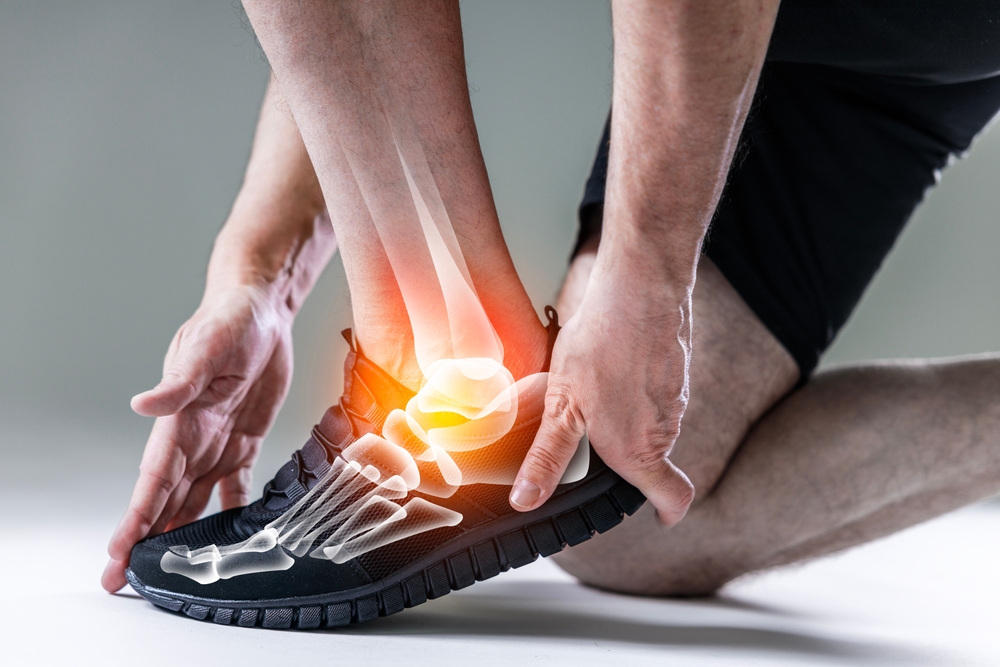Bursitis Treatment Options and Management for Hip Pain
Bursitis is inflammation of small, fluid-filled sacs (bursae) that cushion joints. When bursitis affects the hip, it can cause localized pain, stiffness, and difficulty with activities such as walking. Treatment aims to reduce inflammation, relieve pain, restore function, and address any underlying causes. The approach depends on whether the bursitis is acute or chronic, septic or aseptic, and on the person’s overall health and mobility.

This article is for informational purposes only and should not be considered medical advice. Please consult a qualified healthcare professional for personalized guidance and treatment.
What is bursitis and what causes it?
Bursitis is commonly caused by repetitive motion, prolonged pressure, direct injury, or underlying conditions such as arthritis and tendon disease. In the hip, the trochanteric bursa (on the outer thigh) is often affected; deep bursae near the joint can also become inflamed. Symptoms typically include localized tenderness, swelling, pain with movement, and stiffness. A careful history and physical exam help distinguish bursitis from other causes of hip pain such as tendonitis, arthritis, or referred pain from the spine. Imaging like ultrasound or MRI can confirm the diagnosis when the clinical picture is unclear.
How can walking and activity affect bursitis?
Walking and other weight-bearing activities can either aggravate or help recover from bursitis depending on timing and technique. Early in an acute flare, reducing repetitive hip motions and limiting long walks or stair climbing can reduce irritation. Gentle, controlled walking that avoids limp patterns and sudden increases in distance can support blood flow and healing. A physical therapist can prescribe progressive walking programs, gait training, and targeted exercises to strengthen hip stabilizers and correct biomechanical issues that predispose the bursa to overload. Appropriate footwear, orthotics, and temporary use of walking aids may reduce strain while maintaining mobility.
When is surgery considered for bursitis?
Surgery for bursitis is rarely the first option. Most cases respond to conservative care: rest, activity modification, ice, nonsteroidal anti-inflammatory drugs (NSAIDs) as appropriate, physical therapy, and corticosteroid injections for persistent inflammation. Surgery may be considered when symptoms are severe, chronic, and refractory to nonoperative measures, or when imaging shows structural problems (for example, bone spurs or tendon tears) that continually irritate the bursa. Procedures vary from bursectomy (removal of the inflamed bursa) to addressing underlying tendon or bony abnormalities. Recovery from surgery depends on the procedure but typically includes a period of limited weight-bearing, rehabilitation exercises, and gradual return to walking.
How does bursitis present and differ in the elderly?
Elderly patients may experience more prolonged symptoms and slower recovery due to age-related changes: reduced tissue elasticity, comorbidities such as diabetes or vascular disease, and higher risk of medication side effects. Pain may be more disabling for daily activities like walking, dressing, or rising from a chair. Assessment should consider fall risk, polypharmacy, and bone health. Conservative management remains first-line, but treatment plans may need adjustment — for example, lower doses of pain medication, careful monitoring after injections, and a greater emphasis on balance training and home safety. Coordination with a primary care provider or geriatric specialist can help tailor care for older adults.
What are hip-specific care strategies and prevention tips?
For hip bursitis, combining symptom relief with mechanical correction is important. Short-term measures include rest, ice, and over-the-counter analgesics when appropriate. Physical therapy focuses on stretching tight muscles (hip abductors, iliotibial band) and strengthening the gluteal and core muscles to reduce abnormal load on the bursa. Corticosteroid injections can rapidly reduce inflammation for many patients; ultrasound guidance improves accuracy. If infection is suspected (fever, worsening pain, systemic signs), aspiration and antibiotics are necessary. Preventive steps include gradual progression of activity, ergonomic adjustments to sitting/lying positions that reduce pressure over the hip, use of cushioning when sitting for long periods, and maintaining a healthy weight to minimize joint load.
Conclusion
Bursitis of the hip is often manageable with conservative measures that combine symptom control, activity modification, and targeted rehabilitation to restore walking ability and function. Surgery is reserved for persistent, structurally driven, or complicated cases. Older adults require individualized plans that account for comorbidities and fall prevention. For persistent or severe symptoms, evaluation by a healthcare professional is important to rule out infection, tendon tears, or other conditions that may need different treatment approaches.






